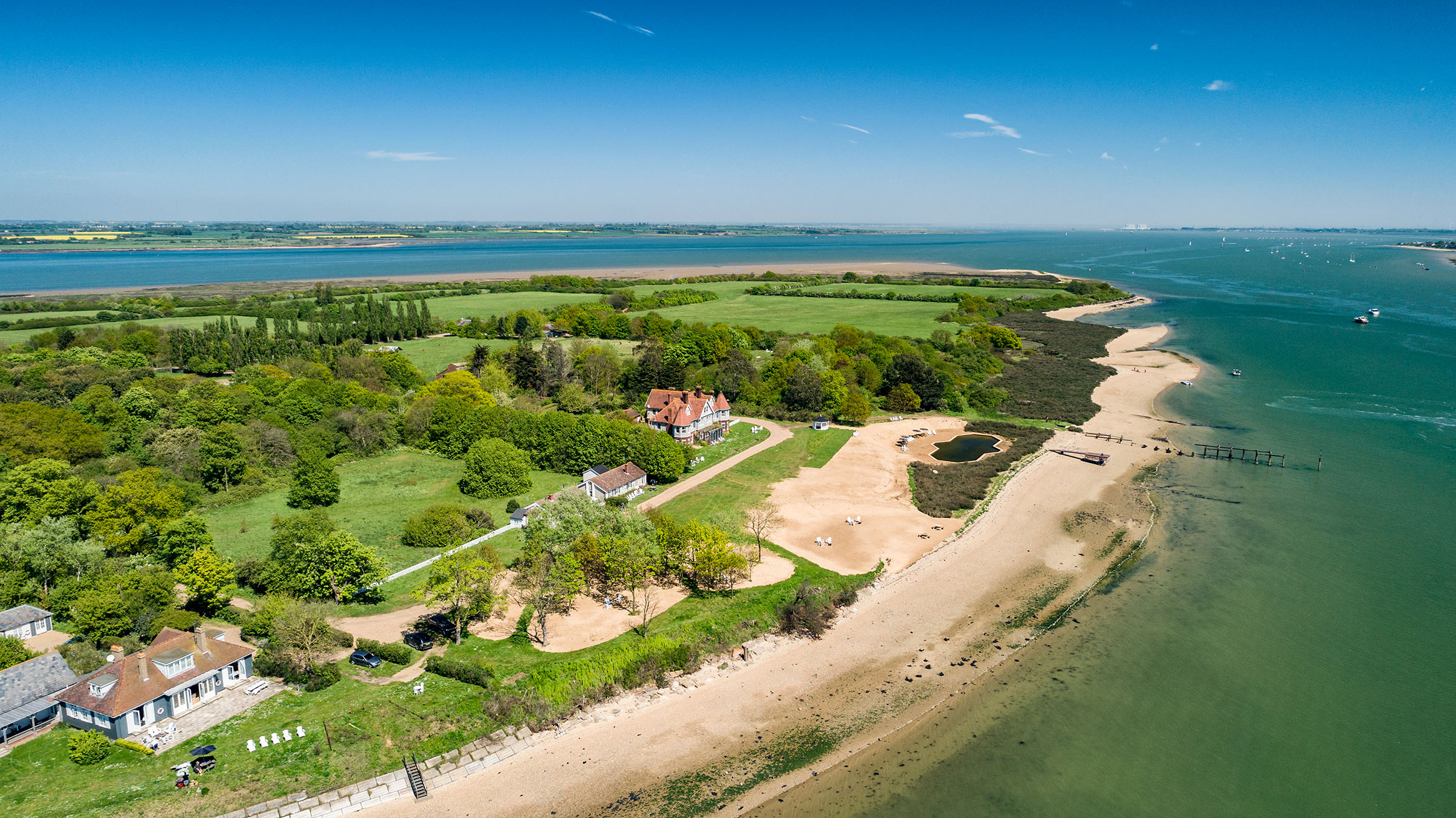Conservation areas at risk
English Heritage highlights conservation areas being spoiled by decay or development


* For more news stories like this every week, subscribe and save
English Heritage (EH) is on the warpath, looking out for messy streets, unsympathetic extensions and ugly satellite dishes. One in seven of England’s 9,300 designated conservation areas is at risk of neglect, decay or inappropriate development, according to EH’s 2009 Heritage At Risk register released this week. The blame lies jointly with irresponsible owners and residents and careless councils.
‘Does a row of Victorian villas with plastic windows lift your spirits? I doubt it,’ says EH chief executive Simon Thurley. ‘If we were to ask for two things from this campaign [to get councils and owners working together], it would be, first, that councils use the powers they already have to apply Article 4 Directions in conservation areas, giving them control over small changes to things such as doors, windows, roofs and fences, which, unchecked, lead to slow but irreversible decline.
Second, that councils pay more attention to the public elements. Cluttered streets, patchwork pavements, intrusive traffic-calming measures, abandoned buildings, an unkempt park these add up to a pervasive air of neglect. Conservation areas underpin communities. They’re the local heritage that local people pass on.’
The survey says only 15% of conservation areas have improved since 2006, and only 13% have an Article 4 Direction that can prevent plastic windows. This is backed by a survey of estate agents in which 82% say original features help add value to a property and 78% say they help a property to sell more quickly.
Conservation areas vary from Belgravia to Birmingham’s Jewellery Quarter to the Devon fishing village of Clovelly. The Cheshire village of Tattenhall and the market town of Ross-on-Wye are both cited as well managed examples.
However, Chaldon Herring, a shrunken Dorset village of vernacular buildings that was home to the Powys Circle, a group of 20th-century artists and writers, is said to be at risk. EH says it has deteriorated significantly due to a loss of historic fabric and development pressure to amalgamate small houses for second homes.
Sign up for the Country Life Newsletter
Exquisite houses, the beauty of Nature, and how to get the most from your life, straight to your inbox.
The medieval port of Boston, Lincolnshire, is also on the hit list. It has declined as a port and as the county’s agricultural centre, and several buildings are in need of repair. Proposals for a new development in Lincoln would harm the historic setting of the architecturally significant St Botolph’s church, known as The Stump.
* For more news stories like this every week, subscribe and save
Country Life is unlike any other magazine: the only glossy weekly on the newsstand and the only magazine that has been guest-edited by HRH The King not once, but twice. It is a celebration of modern rural life and all its diverse joys and pleasures — that was first published in Queen Victoria's Diamond Jubilee year. Our eclectic mixture of witty and informative content — from the most up-to-date property news and commentary and a coveted glimpse inside some of the UK's best houses and gardens, to gardening, the arts and interior design, written by experts in their field — still cannot be found in print or online, anywhere else.
-
 380 acres and 90 bedrooms on the £25m private island being sold by one of Britain's top music producers
380 acres and 90 bedrooms on the £25m private island being sold by one of Britain's top music producersStormzy, Rihanna and the Rolling Stones are just a part of the story at Osea Island, a dot on the map in the seas off Essex.
By Lotte Brundle
-
 'A delicious chance to step back in time and bask in the best of Britain': An insider's guide to The Season
'A delicious chance to step back in time and bask in the best of Britain': An insider's guide to The SeasonHere's how to navigate this summer's top events in style, from those who know best.
By Madeleine Silver